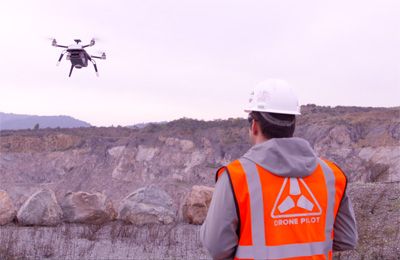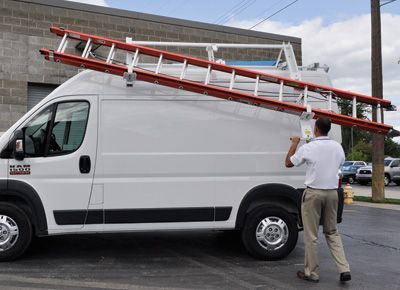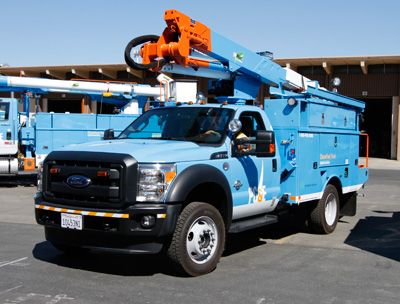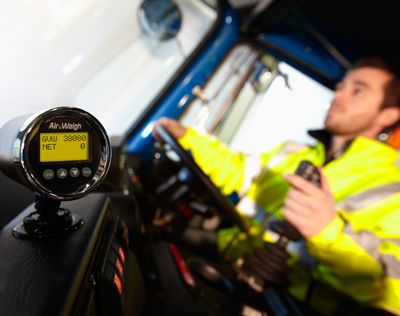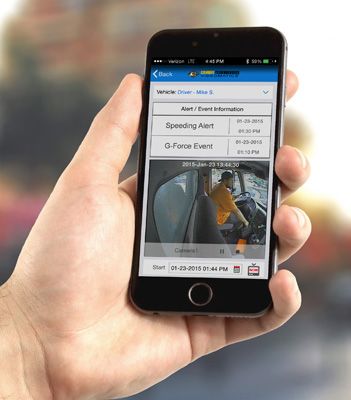Top Trends in Utility Fleet Telematics
What’s next for fleet telematics? Utility Fleet Professional talked to a few experts in the field to see where it is trending in the coming years. The conclusions? By 2020, better data analysis, broader connectivity across platforms and devices, and more choices could mean increased safety, improved efficiencies and lower costs up and down a fleet’s hierarchy.
Data Analysis
“The most significant trend we’re seeing is the investment in data analytics,” said Tony Candeloro, vice president of product development for ARI (www.arifleet.com).
Fleets are being swamped with the amount of data their telematics systems are delivering, but fleet managers have to know what data is important and what data is not. “Telematics solutions without data analytics to assist in trending, predicting and engaging with the outcomes will have minimal impact in how a fleet operates,” Candeloro explained. “Aggregating telematics data with vehicle life-cycle data, operational data and historical business data opens up tremendous opportunity to find operational efficiency opportunities.”
In the near future, predictive analytics – i.e., using data to predict what will happen next – will have a significant effect on fleet safety by identifying risks sooner than is currently possible, noted Kimberly Clark, product leader with Element Fleet Management (www.elementfleet.com).
“Fleet managers will be looking at a broader array of data than has been available in the past, with the goal of preventing accidents,” she said.
Usage-Based Analysis
Clem Driscoll, principal with C.J. Driscoll & Associates (www.cjdriscoll.com), a consulting and research services firm, predicts that over the next five years, more utility fleets will adopt usage-based safety analysis, which assigns risk and premiums based on a driver’s real-time habits rather than past performance. The result will be reduced accident risk and insurance costs.
“Usage-based insurance for fleet operators is in the early stages,” Driscoll said. “But even today, many insurance companies provide a discretionary discount of about 5 percent to fleets using telematics. Usage-based telematics programs are expanding in the consumer sector, and the commercial sector will follow.”
Broader Connectivity
Utility fleets also should be looking at ways to connect all divisions of their organization because the trend toward greater connectivity across multiple platforms and devices will increase safety, improve efficiencies and lower costs, according to Tim Taylor, chief success officer with Telogis (www.telogis.com).
“Our focus as an organization is on how the truck, mobile worker, work, organization, customer, mobile device and software platforms all connect to drive improvement in safety, efficiency, sustainability, asset utilization and customer service,” Taylor said. “Our language has changed from ‘telematics’ to ‘connected intelligence,’ or mobile resource management. Telematics implies data from the vehicle, which we do for sure, but mobile resource management encompasses a much broader picture of the connected, optimized and automated mobile enterprise.”
In five years, that interconnectivity will include the infrastructure, Element’s Clark said. Ford Motor Co. is working with onboard systems that read road signs and automatically adjust a vehicle’s speed, but that is just a lead-up to RFID sensors that beam speed restrictions to the vehicle’s system, she noted.
Related to broader connectivity, collaboration between and among the telematics providers, fleet management companies and OEMs will allow for quicker, more informed decision-making by fleet managers, according to ARI’s Candeloro. “Whether it’s reduced total cost of ownership, improvements in driver safety or enhanced operational efficiencies, fleet managers will see a true return on their investment regardless of the telematics solution they choose,” he said. “Fleet managers will also see opportunities to not just impact the bottom line by reducing costs, but actually see opportunities to help their businesses increase top-line revenues.”
About the Author: Jim Galligan has been covering the commercial truck transportation sector for more than 30 years and has extensive experience covering the utility fleet market. In addition to writing and editing for magazines, his background also includes writing for daily newspapers, trade associations and corporations.
*****
Factory-Installed Telematics: Good or Bad?
Experts predict that over the next few years, commercial fleets are going to see more OEMs and third-party suppliers in the telematics arena. But choose suppliers and platforms wisely, or you may end up with the telematics equivalent of the Tower of Babel.
“The line is starting to blur when it comes to companies that provide telematics services to fleet customers,” said Tony Candeloro, vice president of product development for ARI. “There are independent telematics companies, fleet management companies and, in some cases, OEMs that are all playing some role. In fact, it is not uncommon to have all three parties partnering together to provide the customer with a comprehensive solution. We are anticipating, however, that all of the various providers will eventually begin to develop the capability to offer and support a single-sourced solution. There are certain [OEMs] that have already integrated their entire telematics product offering.
“One particularly valuable role the OEMs will play in the future will be in streamlining the telematics device installation process,” Candeloro continued. “The more vehicles that can come off the line with a telematics device already installed, or line-fitted for a device, will drastically improve the supply chain overall.”
While that may make it easier for fleets to add onboard telematics systems, it presents a mixed blessing for utility fleets, said Ryan Driscoll, director of marketing for GPS Insight (www.gpsinsight.com).
“One of the biggest problems with OEM-installed [GPS] solutions is that they do not work for mixed fleets,” he said. “It is very unlikely for a business to have just one make of vehicle or all new vehicles throughout their entire fleet. So if you do have other vehicle types with varied ages, you will end up using multiple OEM solutions to track those vehicles. Using multiple GPS tracking platforms is complicated, expensive and will waste valuable time.
“It is also important to remember that GPS tracking solutions are not created equally, and it is certainly the case when discussing OEM solutions and third-party GPS-tracking software,” Driscoll continued. “OEM solutions are typically a one-size-fits-all solution with zero customizations available based on your business model. Software development is not a focus for vehicle manufacturers, so OEM solutions are typically very basic and [often] fall short of expectations.”
Driscoll recommends that fleets investing in GPS tracking to help solve business challenges ensure that they choose software that has the capability to do so.




